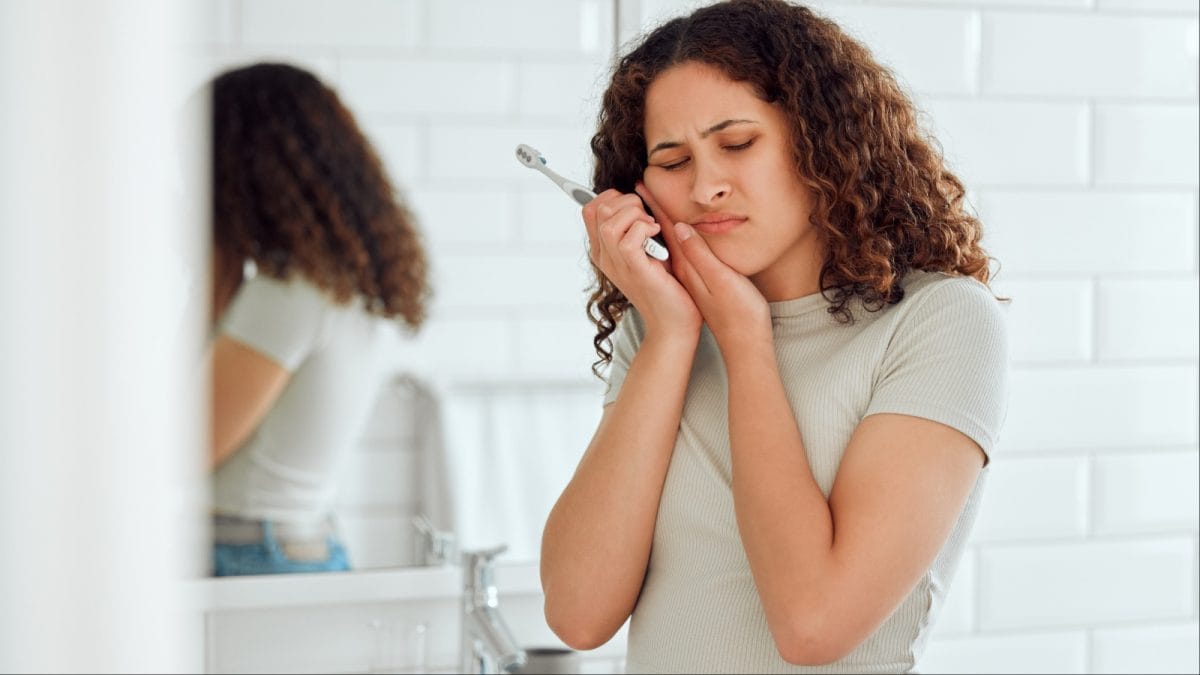Last Updated:
Post-fireworks smog is not just a seasonal annoyance for babies; it can pose serious health risks with immediate and long-term effects.

Post-fireworks smog poses high risk to babies due to narrow airways, weak immunity.
Festivals bring joy, colour, and light, but also a sharp spike in pollution levels. After nights of bursting firecrackers, the air is often thick with smog made of fine particles, toxic gases, and heavy metals. While poor air quality affects everyone, babies are especially vulnerable. Their developing lungs, narrow airways, weaker immunity, and dependence on adults put them at the highest risk of harm from post-fireworks smoke.
Narrow Airways, Bigger Impact
Recommended Stories
“Smaller babies are totally dependent on adults for their protection and for being moved to a safer place. During the festival season, especially around Diwali and New Year, the concentration of PM 2.5 and PM 10 particles in the environment increases, along with many noxious gases and heavy metals. All these are irritants to the respiratory system, particularly in babies, and they can also cause irritation in the eyes,” says Dr Poonam Sidana, Director – Neonatology & Paediatrics, CK Birla Hospital, Delhi.
She explains that because babies’ airways are much narrower, “even the smallest amount of swelling or irritation in the airways can have an effect almost four times greater than what would be seen in an adult. It’s just like how a smaller pipe can get choked much more easily.”
Weak Immune Defences
Adding to this is their immature immunity. Dr Medha, Paediatrician, at Madhukar Rainbow Children’s Hospital, Delhi, says: “Babies have an untrained immune system. They do not yet have the full ability to fight off infections. Inflammation contributed by pollutants roughens up the surface of the respiratory tract. Infectious agents can then cling to this airway and cause an infection.”
This makes recovery slower and the risk of respiratory infections much higher. “Exposure to fireworks smog can cause respiratory infections, worsen existing issues like asthma, and raise the risk of long-term lung problems,” she warns.
Indoor Air Quality Matters Too
The danger doesn’t stop at the doorstep. Poorly ventilated indoor spaces can trap harmful particles, prolonging exposure. “While we mostly talk about outdoor pollution, indoor air quality also becomes very poor during this time. If ventilation is not good, these particles can get trapped, causing much longer exposure for babies and small children,” notes Dr Sidana.
Dr Medha adds that infants often remain in closed rooms, making it harder for caregivers to notice early distress. “Unlike older children or adults, babies cannot express their discomfort, so symptoms might go unnoticed until they get worse,” she explains.
How To Reduce The Risk
The doctors agree on practical steps parents can take. Keeping babies indoors during peak smog hours, using air purifiers, maintaining proper ventilation, and avoiding exposure to smoke are crucial. “Taking extra precautions like keeping them indoors, using air purifiers and maintaining ideal humidity helps,” says Dr Medha.
Post-fireworks smog is more than just a seasonal inconvenience for babies; it can be a serious health hazard with both immediate and long-term effects. Their smaller airways, immature immunity, and dependence on adults make them uniquely at risk. For families, the best defence is awareness and proactive measures that keep the youngest members safe when air quality takes a dangerous dip.
Delhi, India, India
October 03, 2025, 14:29 IST
Loading comments…
Go to Source
Author: News18



